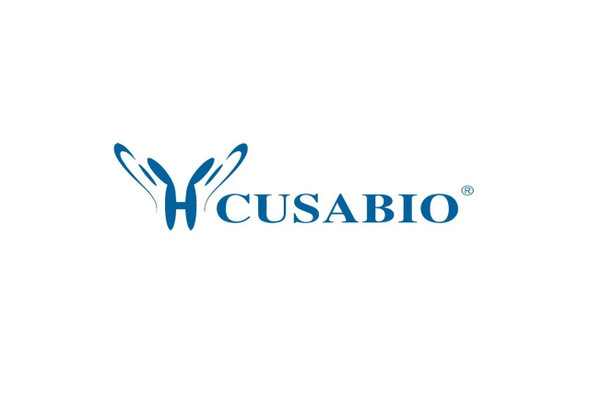Cusabio Polyclonal Antibodies
MT-ND1 Antibody | CSB-PA149107
- SKU:
- CSB-PA149107
- Availability:
- 3 to 7 Working Days
Description
MT-ND1 Antibody | CSB-PA149107 | Cusabio
MT-ND1 Antibody is Available at Gentaur Genprice with the fastest delivery.
Online Order Payment is possible or send quotation to info@gentaur.com.
Product Type: Polyclonal Antibody
Target Names: MT-ND1
Aliases: mitochondrially encoded NADH dehydrogenase 1
Background: NADH:ubiquinone oxidoreductase (complex I) is an extremely complicated multiprotein complex located in the inner mitochondrial membrane. Human complex I is important for energy metabolism because its main function is to transport electrons from NADH to ubiquinone, which is accompanied by translocation of protons from the mitochondrial matrix to the intermembrane space. Human complex I appears to consist of 41 subunits. A small number of complex I subunits are the products of mitochondrial genes (subunits 1-7), while the remainder are nuclear encoded and imported from the cytoplasm. NADH dehydrogenase subunit 1 (ND1) binds rotenone and rotenone analogs and might be involved in electron transfer to ubiquinone. Mutations in the ND1 gene may be implicated in several disorders, including Leber hereditary optic neuropathy, Alzheimer disease, and Parkinson disease.
Isotype: IgG
Conjugate: Non-conjugated
Clonality: Polyclonal
Uniport ID: P03886
Host Species: Rabbit
Species Reactivity: Human, Mouse, Rat
Immunogen: Synthetic peptide of human MT-ND1
Immunogen Species: Human
Applications: ELISA, WB, IHC
Tested Applications: ELISA, WB, IHC;ELISA:1:1000-1:2000, WB:1:200-1:1000, IHC:1:50-1:200
Purification Method: Antigen affinity purification
Dilution Ratio1: ELISA:1:1000-1:2000
Dilution Ratio2: WB:1:200-1:1000
Dilution Ratio3: IHC:1:50-1:200
Dilution Ratio4:
Dilution Ratio5:
Dilution Ratio6:
Buffer: -20°C, pH7.4 PBS, 0.05% NaN3, 40% Glycerol
Form: Liquid
Storage: Upon receipt, store at -20°C or -80°C. Avoid repeated freeze.
Initial Research Areas: Signal Transduction
Research Areas: Cancer;Metabolism;Signal transduction













